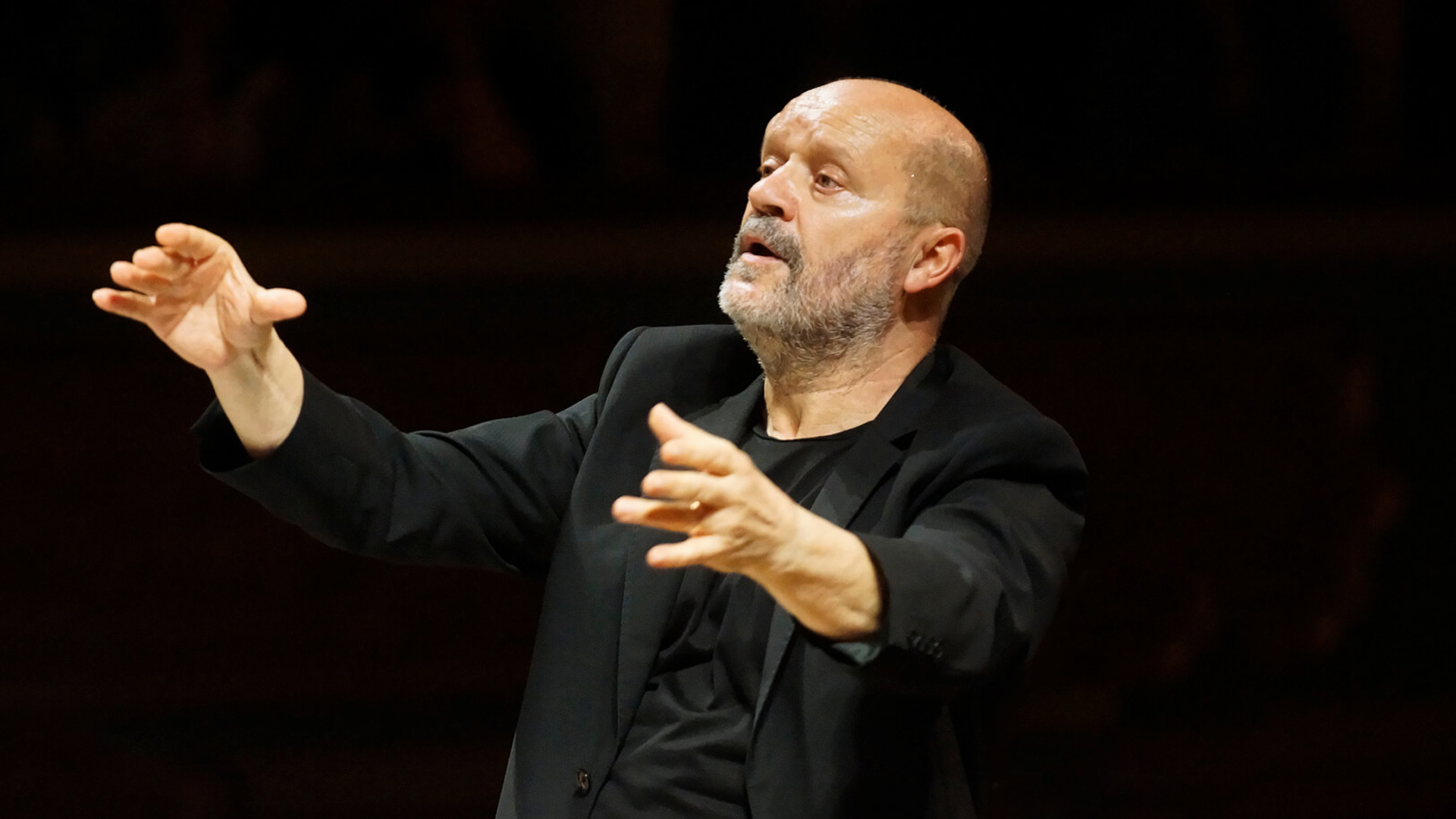GIACOMO PUCCINI
Requiem for choir, viola and organ
ANTONIN DVOŘÁK
Stabat Mater for soloists, choir and piano op. 58 (1876 version)
On the occasion of the project “Genova Capitale del Medioevo” 2024
Viola
Eleonora De Poi
Soprano
Angelica Disanto
Mezzosoprano
Alena Sautier
Tenor
Antonio Mandrillo
Bass
Roberto Lorenzi
Piano and organ
Patrizia Priarone
Conductor
Claudio Marino Moretti
Opera Carlo Felice Genova Chorus
Giacomo Puccini’s Requiem, composed in 1905 on the occasion of the fourth anniversary of Giuseppe Verdi’s death, remained for several years among the composer’s private papers. It was not until 1976 that it was first published. The score, commissioned by Giulio Ricordi, was most likely composed on the spur of the moment, in the space of a day. The first performance was held on 15 February 1905 at the Casa di Riposo per Musicisti in Milan, where Verdi had resided in his last years, for a small group of guests. One of the most unique elements of the Requiem is the choice of organ: choir, viola and organ. The piece, whose text is the Requiem aeternam prayer, opens with a Largo. The brief organ introduction is followed by an initial exposition of the text by the choir in unison accompanied by the organ. The central section, Calmissimo, instead sees a dialogue between organ and viola, the theme ‘con molto sentimento’ entrusted to the viola is the most ‘Puccinian’ melody in the piece, which is soon joined by the three-voice choir in a crescendo of lyricism. The last section of the Requiem is a reprise of the first Largo enriched by the presence of the viola that recalls the central theme. Although there is no trace of other performances of the Requiem in the early years of its composition, it is in memory of Puccini himself that the piece was performed by the student choir of the Milan Conservatory on 29 December 1924.
Antonin Dvořàk’s Stabat Mater, in its first version for soloists, choir and piano, dates back to 1876 (the composer would later prepare a version for soloists, choir and orchestra). Dvořàk was going through a period of family mourning at the time, having recently lost his children Růženka and Otakar. The musical reprise of Jacopone da Todi’s sequence therefore takes on a very deep and intimate meaning. The Stabat Mater, the composer’s first extensive choral work, is divided into ten sections – in each of which three or six verses from the medieval text are taken – alternating between solo and choral moments. Already from the instrumental introduction one can perceive one of the most unique elements of the piece: a very personal reworking of different styles and affects. Although the general tone remains serious and meditative, there are moments of greater serenity (the minor mode alternates with the major), as well as interpolations of popular themes so dear to the composer. On the one hand, the medieval sequence retains its usual liturgical magnificence, on the other hand, it is enriched by a system of influences that owes much to the 18th-century tradition and in particular the Romantic tradition. The first performance of the Stabat Mater took place in Prague in 1880, to be followed three years later by a highly acclaimed London revival.
Ludovica Gelpi

